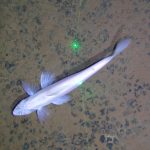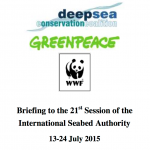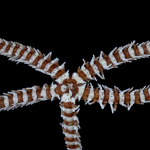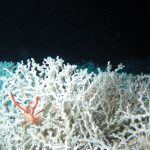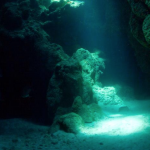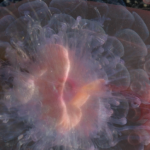Source: Huff Post Green
Author: Sophie Cocke
HONOLULU — Last summer, a team of Japanese scientists boarded the University of Hawaii’s Kaimikai O Kanaloa, a 223-foot, high-tech research ship docked in Honolulu Harbor, and headed out to sea. Their mission was to explore whether they will be able to tap into billions of dollars worth of coveted minerals that are believed to sit 5,000 meters beneath the sea in an area that runs from about 500 miles southeast of Hawaii toward Mexico. Japan is one of more than a dozen countries angling to profit off the vast mineral deposits that span 6 million square kilometers — an area the size of the United States — in what’s known as the Clarion-Clipperton Fracture Zone.
Continue reading Clarion-Clipperton Fracture Zone: The New Mineral Rush


